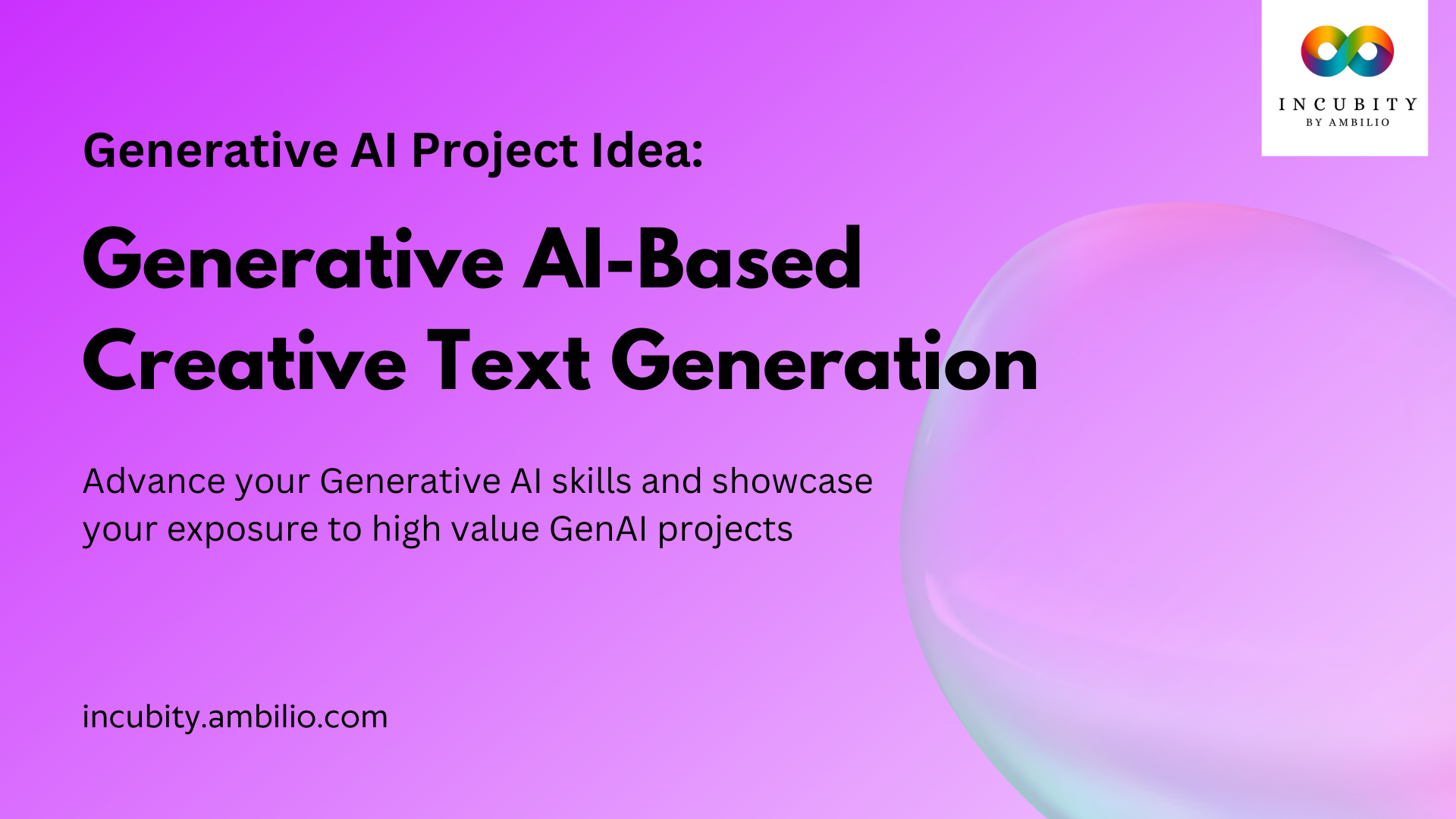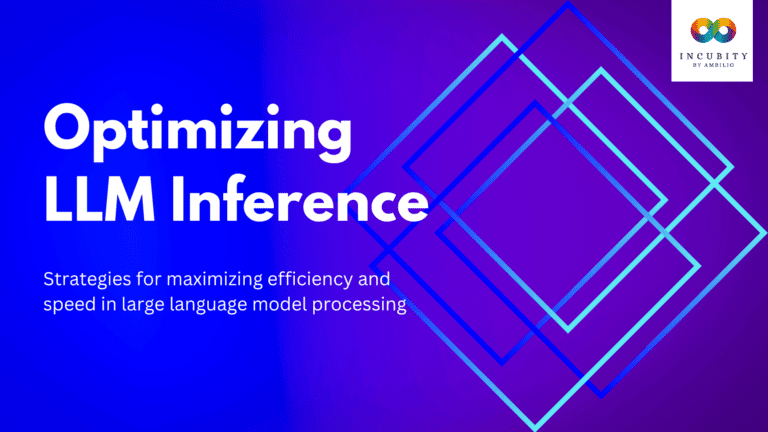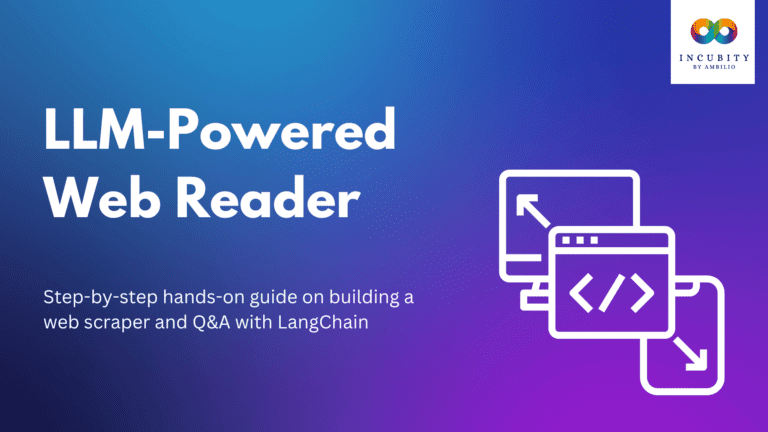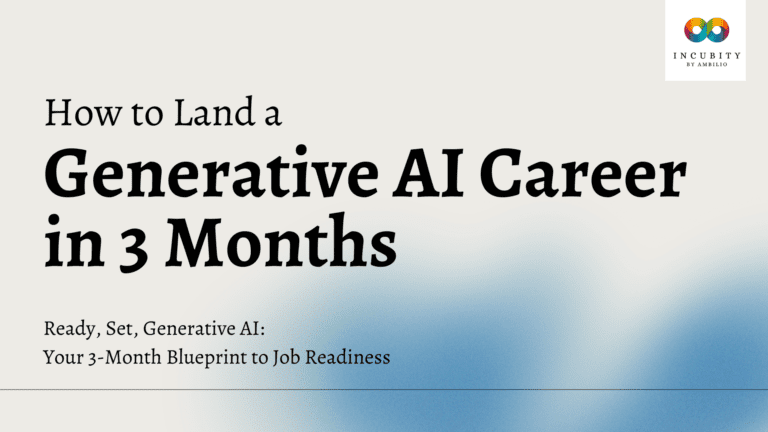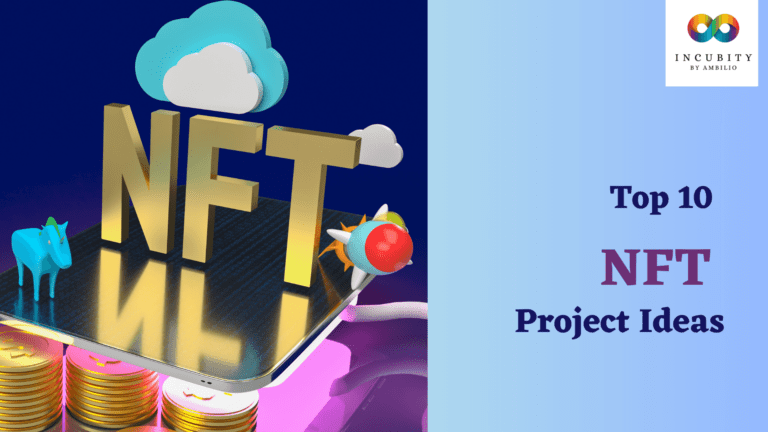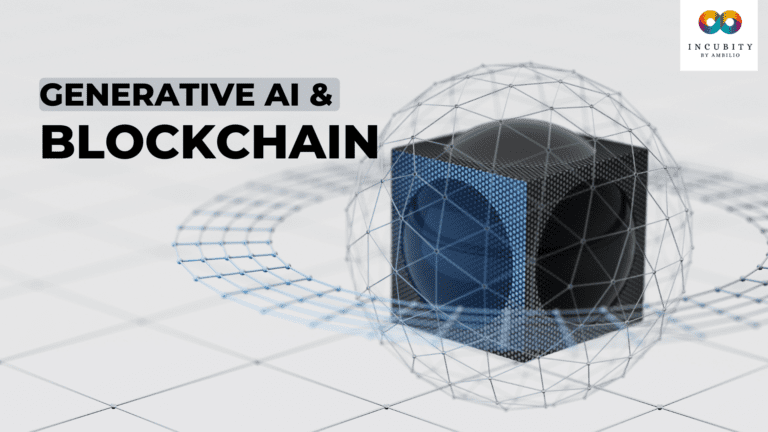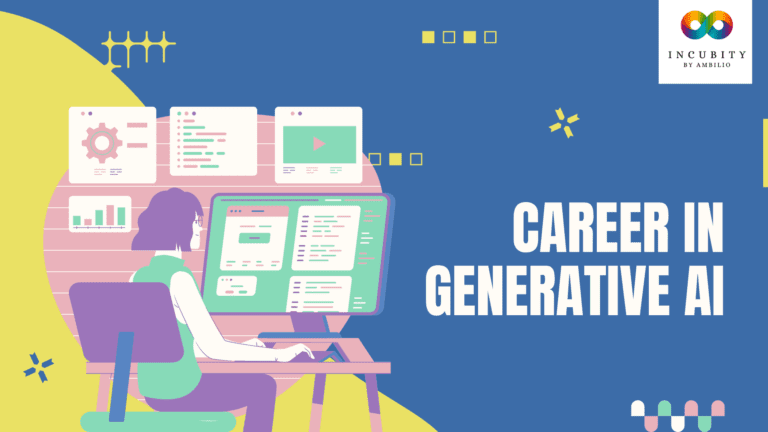Artificial Intelligence (AI) has ushered in a new era of innovation, particularly in the realm of creative endeavors. Generative AI models are at the forefront of this innovation, capable of producing creative text across a myriad of formats. From poetry to code snippets, these models hold the promise of inspiring, innovating, and streamlining various creative processes. In this guide, we will delve into the process of conceptualizing and developing a Generative AI-based project for Creative Text Generation, providing a comprehensive roadmap for both seasoned enthusiasts and curious beginners. Here is a step-by-step guide on Generative AI-Based Creative Text Generation.
1. Data Acquisition and Preprocessing
Data Acquisition and Preprocessing stage plays a foundational role in shaping the project’s success. Here’s how it applies specifically to this project:
- Data Acquisition:
- Importance: The success of the creative text generation system heavily relies on the richness and diversity of the dataset. It’s crucial to gather a wide-ranging collection of textual data spanning various creative text formats such as poems, code snippets, scripts, and musical pieces.
- Approaches: Utilize existing repositories, open-source platforms, and web scraping techniques to gather the necessary data. This may involve accessing public datasets, scraping relevant websites, or leveraging APIs to collect textual content.
- Relevance: The dataset should cover a broad spectrum of styles, genres, and complexities within each creative text format. This ensures that the AI model learns to capture the nuances and intricacies of different creative expressions.
- Data Preprocessing:
- Cleaning: Clean the collected data to remove any noise, errors, or irrelevant information that may interfere with the training process. This ensures that the dataset is of high quality and free from inconsistencies.
- Tokenizing: Break down the text into smaller units, such as words or characters, to prepare it for analysis and processing by the AI model. Tokenization enables the model to understand the structure and composition of the textual data.
- Organizing: Organize the preprocessed data based on format-specific attributes. For example, poems may be categorized based on rhyme scheme or meter, while code snippets may be classified based on programming language or functionality.
- Optimization: Preprocess the data to optimize it for effective training of the AI model. Structuring the dataset in a standardized format facilitates the model’s learning process and enhances its ability to generate creative text across different formats.
2. Model Selection
Choosing the right AI model is essential for the success of your project. Transformer-based architectures, such as GPT (Generative Pre-trained Transformer) models, have gained popularity for their ability to generate coherent and contextually rich text. Mistral LLM, LLaMA and there are several other large language models as well that may be suitable in this task. Evaluate different models based on factors like performance, scalability, and compatibility with your dataset. Consider utilizing pre-trained models or fine-tuning them for specific creative tasks. Ensure the selected model can understand and replicate the nuances of various creative text formats effectively.
3. Training the Model
Once you have curated the dataset and selected the model, it’s time to embark on the training phase. Feed the preprocessed data into the model and fine-tune its parameters to capture the intricacies of each creative text format effectively. Experiment with hyperparameters, optimization techniques, and training strategies to enhance the model’s performance and convergence speed. Monitor the training progress closely and iterate as needed to achieve desired results. This iterative process of training is essential for refining the model’s ability to produce high-quality creative outputs.
4. User Interface Design
Designing an intuitive user interface is crucial for facilitating interaction between users and your generative AI model. Create an interface that allows users to specify their preferences, provide prompts or starting points, and customize output parameters. Incorporate features that encourage exploration and experimentation, such as the ability to select desired text formats, adjust tone or style, and visualize generated outputs in real-time. Prioritize simplicity, clarity, and accessibility to ensure users can engage with your creative text generation project effortlessly.
Conclusion
Embarking on a generative AI-based creative text generation project is a journey fueled by curiosity, creativity, and technical ingenuity. By following this guide, you’ll gain the knowledge and tools needed to bring your vision to life. From curating a diverse dataset and selecting an appropriate AI model to training the model effectively and designing an intuitive user interface, each step plays a crucial role in shaping the success of your project. Embrace the possibilities of AI as a catalyst for unleashing creativity, inspiring innovation, and shaping the future of human-computer interaction. Let your imagination soar as you embark on this transformative AI adventure.
Join Incubity’s Generative AI Project Mentoring and work on similar projects.
-

 Generative AI Project and Research Mentoring$200.00 – $400.00
Generative AI Project and Research Mentoring$200.00 – $400.00

